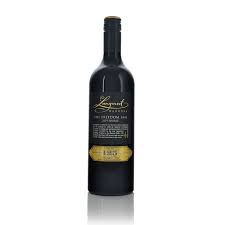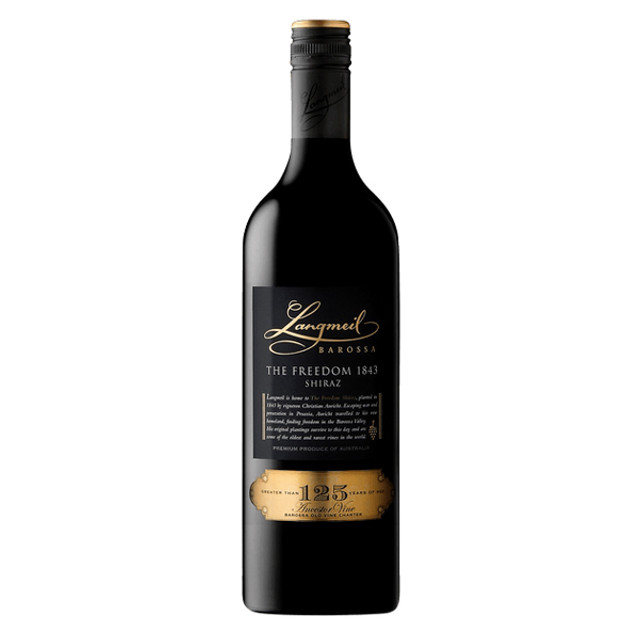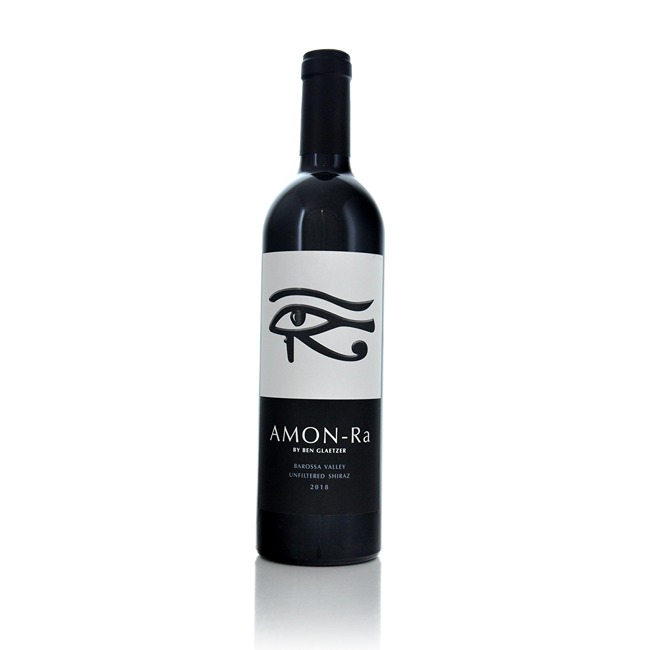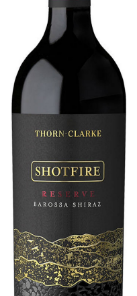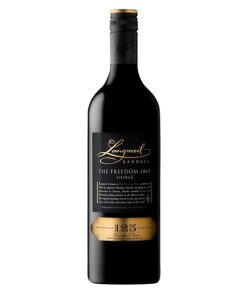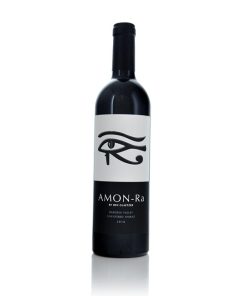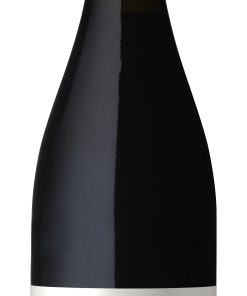2019 Langmeil 1843 Freedom Shiraz
2019 Langmeil 1843 Freedom Shiraz Deep ruby Blackberries, vanilla, chocolate Full body, ripe tannins and pronounced flavours of blackberries, black cherries, chocolate and vanilla.
The history of Langmeil is deeply entwined in stories about a brave pioneer, a timeless vineyard, industry downfall, three white knights and a present-day family’s enduring legacy.
Follow our timeline to discover some of the most notable moments and milestones from Langmeil’s contributions to Australia’s remarkable wine history:
1842
Pioneer, Christian Auricht, establishes one of the Barossa’s first trading villages on the banks of the North Para River, naming it Langmeil. This historical site is home to Langmeil Winery today.
Auricht had migrated from Prussia in 1838 seeking religious freedom for his family in the new world.
A blacksmith by trade, and just 36 years old, this was Auricht and his family’s fifth move in seven years – from Klastawe to Turowo in 1837; to Hamburg in 1838; to South Australia and Glen Osmond in 1839; to Klemzig in 1840, then finally to Langmeil – their home for the remainder of their lives.
Auricht’s legacy survives today in the Freedom vineyard believed planted as part of his mixed farm in 1843, now believed to be the oldest surviving Shiraz vineyard in the world.
1843
Auricht establishes a smithy and begins tending a mixed farm. In the years that followed, a bakery, cobbler’s shop and butcher’s shop were built, including a well, which became the trading centre of the village.
The main roadway to the northern copper mining townships of Kapunda and Burra passed by the village with many travellers stopping to water their horses and gather provisions before continuing their long journey.
Christian also planted one-acre of Shiraz vines on the estate, which is still producing fruit today. Today, Auricht’s old vineyard is the source of Langmeil’s icon wine, The Freedom 1843 Shiraz. This rare wine commemorates the pioneering spirit of the region’s first settlers and their willingness to endure hardship for the right to keep their faith and their freedom.
1916
The Nomenclature Act – Prior to World War I, many Australian places had German names. Because of the ongoing war against Germany and subsequent anti-German sentiment, many place names with German origins were changed. This was done in August 1916 through petitions and Acts of Parliament.
The village of Langmeil was then changed to Bilyara and today it is now known as the township of Tanunda.
1932
Theodor Hanisch established the first winery on the property in 1932, operating under the name Paradale. He was the youngest son of Eleonore Auricht, the second daughter of Christian Auricht. Theodor’s son, Arthur, later managed the operation.
Theodor died in 1968 and Arthur passed just a year later in 1969.
1972
After Arthur Hanisch’s death in 1969, the family sold the property.
In 1972 Bernkastel Wines purchased the winery and property, operating under their own label.
The 1980s proved hard years for the Australian wine industry. Export sales amounted to less than 20% of total production and the industry was faced with a seemingly never-ending over-supply of grapes. The South Australian Government introduced a vine pull scheme whereby growers were paid to remove unwanted vines.
Both growers and winemakers were affected, and Bernkastel Wines went into liquidation in 1988. Bought at a liquidation sale, the new owners did not operate the winery but did use the cellar door to sell bin end stocks.
The doors closed in August 1993 and the property and vineyards lay idle until 1996.”
Related products
Wines!
New Arrivals
SAVE 42% 93pts JD, W&S, BTI
Sparkling Wine from South Australia, Australia
